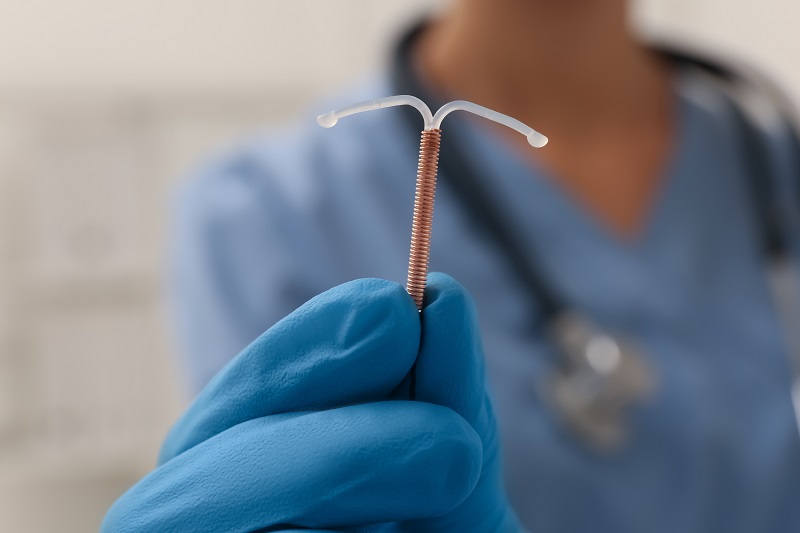What to Expect During an IUD Placement

October 19, 2022
These days, there are numerous birth control options available—including an intrauterine device (IUD), which has become popular for its convenience and avoidance of long-term hormone exposure.
If you’re considering an IUD, here’s what you can expect about its placement.
How Should I Prepare for IUD Placement?
“Before your appointment, the most important thing is to have a discussion with your provider about what to expect,” says Ann Pagano, M.D., obstetrician/gynecologist at Ocean University Medical Center.
Women can better understand their IUD options and prepare themselves if they understand the step-by-step process. But physically, Dr. Pagano says, “you don’t have to do anything to prepare for insertion.”
How Painful Is IUD Placement?
“Pain is subjective, but generally, most women have mild to moderate cramping with the insertion of the IUD,” Dr. Pagano says. It is usually controlled with over-the-counter pain medication such as Ibuprofen.
Anxiety before and during the procedure can be a factor, which is why communication before and during the procedure is vital. A good portion of the procedure is not painful, so having a clear idea can help avoid unnecessary anxiety.
What Are the Steps of IUD Placement?
On average, the procedure takes about 5 minutes:
- The doctor inserts the speculum into the vagina.
- The cervix is cleaned with an antiseptic solution.
- The cervix is grasped with a surgical clamp to hold it in place while the IUD is inserted. (You may feel a pinch with this step.)
- A uterine sound is used to measure the depth of the uterine cavity. This informs the doctor how far the IUD needs to be placed. (This portion of the procedure can cause discomfort.)
- The IUD is inserted.
- The IUD string is then cut to the proper length.
- All instruments are removed, and the IUD placement is complete.
What Happens After Placement?
Immediately following the procedure most women experience uterine cramping. Some women may feel queasy or light-headed. After the placement, contact your doctor if you experience any of these side effects:
- Fever
- Foul-smelling discharge
- Bleeding that’s heavier than a normal period
- Severe pain
Usually, women are instructed to visit their doctor one to three months after placement for a general follow-up appointment. “Otherwise, the IUD itself will stay in the uterine cavity, and there isn’t anything the patient has to do,” Dr. Pagano says. “They can stay for three to 10 years, depending on the type.”
Next Steps & Resources:
- Meet our source: Ann Pagano, M.D.
- To make an appointment with a gynecologist near you, call 800-822-8905 or visit our website.
The material provided through HealthU is intended to be used as general information only and should not replace the advice of your physician. Always consult your physician for individual care.
Find a doctor near me
Find a doctor near me

What Causes the Baby Blues? How to Reset Your Brain
Up to 80% of women experience the “baby blues”. Maternal fetal medicine expert, Antonia Francis Kim, M.D. shares why this happens and how to get through it.

7 Tips to Prepare for Your First Mammogram
Prepare for your first mammogram with Dr. Chuang's 7 tips. Learn how to ease anxiety and ensure a smooth experience at Mountainside Medical Center. Schedule now.

How Early Can You Go Through Menopause?
Early Menopause: Learn about causes, symptoms, and treatment options from Dr. Steven A. Morgan. Call 800-822-8905 for support.

Why Today is the Day to Make a Living Will
Plan your end-of-life care today. A living will protects your family and ensures your wishes are honored. Learn more and get started now.


